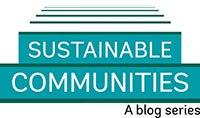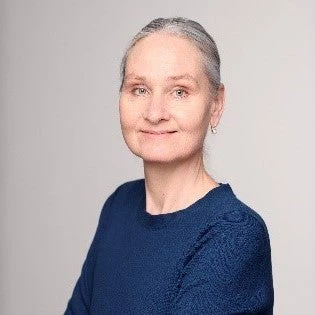The World Bank Group’s
Climate Action Plan, adopted last month, is designed to help countries meet their COP21 pledges and manage increasing climate impacts.
To achieve these goals, working with cities will be essential: with almost 80% of GHG emissions emanating from urban areas, cities are among the biggest contributors to climate change... and must, inevitably, become a big part of the solution.
Cities are also particularly vulnerable to climate risk and other forms of natural hazards, with many of them located in disaster-prone areas. Therefore, enhancing disaster resilience in urban settings is another key requirement to build more sustainable cities in the face of climate change.
The good news? Many countries are still in the early stages of the urbanization process, meaning they have a unique opportunity to develop sustainable cities right from the beginning - a much more viable option than trying to retrofit them later on.
In this video, World Bank Senior Director Ede Ijjasz-Vasquez and Practice Manager Bernice Van Bronkhorst explain how they are working with clients to make climate-smart cities a reality.
If you want to learn more about this topic, we invite you to discover our latest Sustainable Communities podcast.
[[avp asset="/content/dam/videos/ecrgp/2018/jun-13/enhancing_urban_resilience_through_the_world_bank_climate_action_plan_hd.flv"]]/content/dam/videos/ecrgp/2018/jun-13/enhancing_urban_resilience_through_the_world_bank_climate_action_plan_hd.flv[[/avp]]
To achieve these goals, working with cities will be essential: with almost 80% of GHG emissions emanating from urban areas, cities are among the biggest contributors to climate change... and must, inevitably, become a big part of the solution.
Cities are also particularly vulnerable to climate risk and other forms of natural hazards, with many of them located in disaster-prone areas. Therefore, enhancing disaster resilience in urban settings is another key requirement to build more sustainable cities in the face of climate change.
The good news? Many countries are still in the early stages of the urbanization process, meaning they have a unique opportunity to develop sustainable cities right from the beginning - a much more viable option than trying to retrofit them later on.
In this video, World Bank Senior Director Ede Ijjasz-Vasquez and Practice Manager Bernice Van Bronkhorst explain how they are working with clients to make climate-smart cities a reality.
If you want to learn more about this topic, we invite you to discover our latest Sustainable Communities podcast.
[[avp asset="/content/dam/videos/ecrgp/2018/jun-13/enhancing_urban_resilience_through_the_world_bank_climate_action_plan_hd.flv"]]/content/dam/videos/ecrgp/2018/jun-13/enhancing_urban_resilience_through_the_world_bank_climate_action_plan_hd.flv[[/avp]]




Join the Conversation